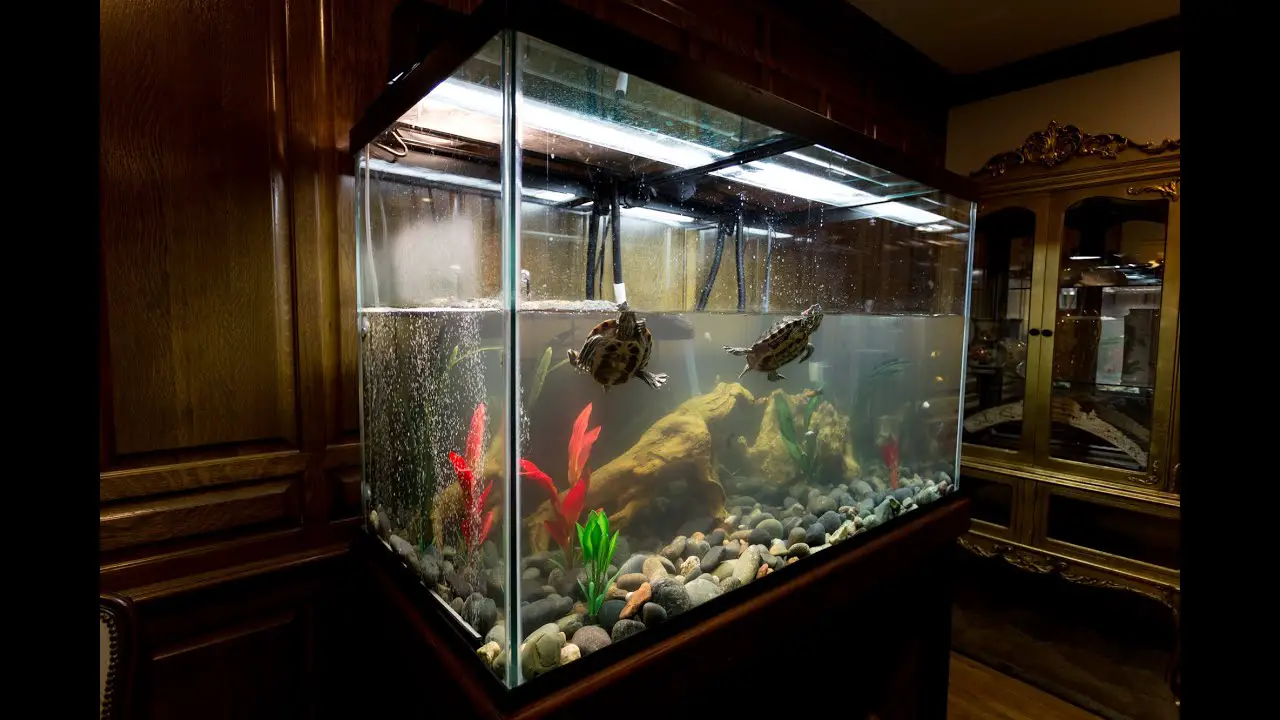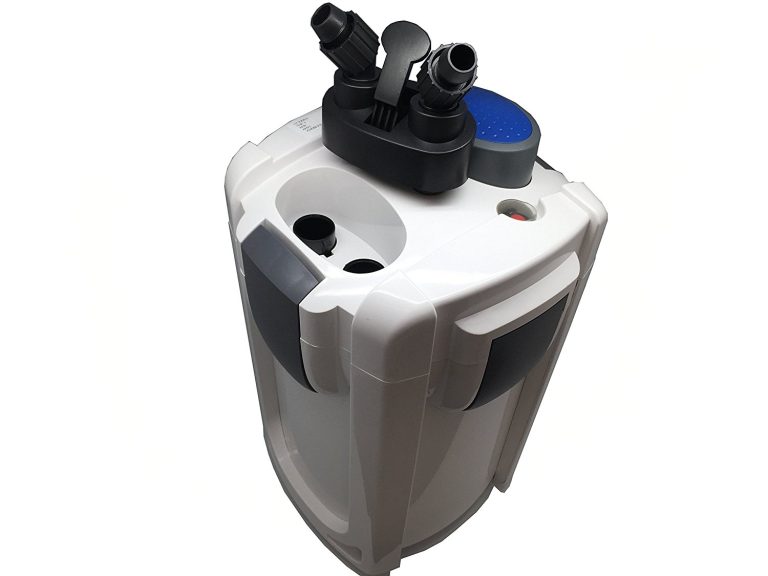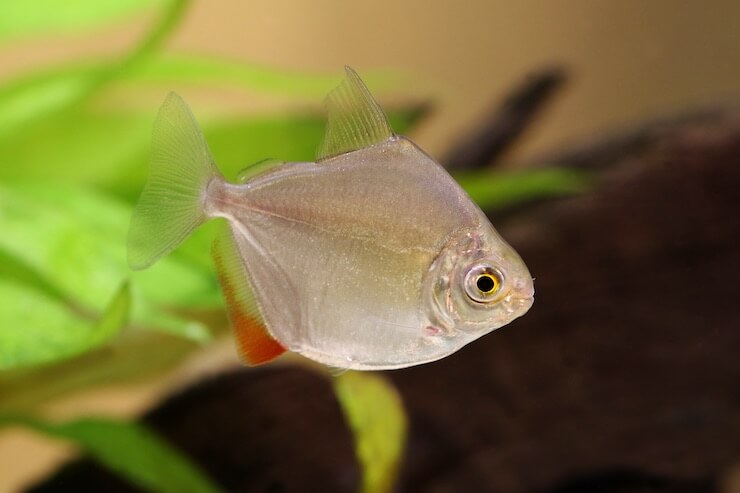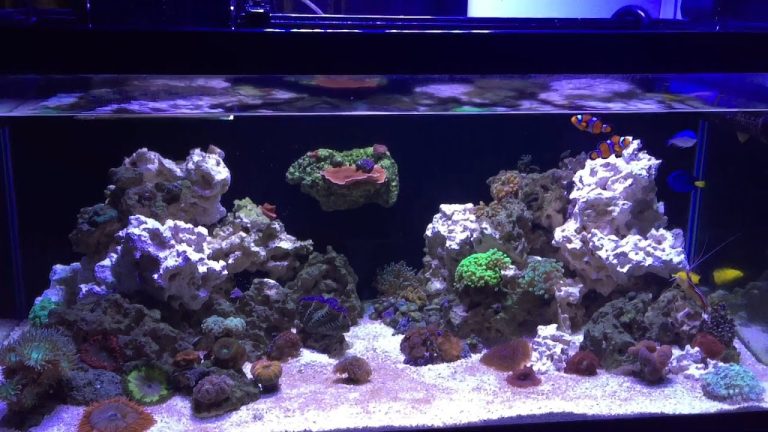Best Tank For Red Eared Slider
When it comes to providing the best living environment for your red-eared slider, choosing the right tank is crucial. Red-eared sliders are popular as pet turtles due to their vibrant appearance and relatively low maintenance. However, they require specific conditions to thrive and lead a healthy life. In this article, we will explore the different factors to consider when selecting the best tank for your red-eared slider.
Tank Size and Capacity
One of the most important factors to consider when choosing a tank for your red-eared slider is its size and capacity. Red-eared sliders are known for their large size, and they require ample space to swim and move around comfortably. A general rule of thumb is to provide a tank that is at least four times the length of your turtle’s shell. This allows sufficient space for swimming and exercise.

Material and Durability
Tanks for red-eared sliders are typically made of either glass or acrylic. Both materials have their advantages and disadvantages. Glass tanks are more durable and scratch-resistant, making them a good choice for larger turtles that can potentially damage the tank. Acrylic tanks, on the other hand, are lighter and provide better insulation, which can be beneficial in maintaining a stable water temperature. Whichever material you choose, make sure it is of good quality and can withstand the wear and tear that comes with housing a turtle.
Water Depth and Filtration
Red-eared sliders are semi-aquatic turtles and require access to both land and water. The water depth should be sufficient for your turtle to fully submerge itself and swim comfortably. A depth of at least twice the length of your turtle’s shell is recommended. Additionally, invest in a good filtration system to keep the water clean and free from harmful bacteria. Canister filters are often recommended for turtle tanks as they provide efficient mechanical and biological filtration.
UVB Lighting and Basking Area
UVB lighting is essential for red-eared sliders as it helps them metabolize calcium and maintain healthy shell growth. When setting up your turtle tank, make sure to incorporate a UVB light source, such as a fluorescent bulb specifically designed for reptiles. Position the light so that it covers the basking area of the tank, which should have a temperature range of 85°F to 90°F. This allows your turtle to bask and regulate its body temperature.
Décor and Hiding Spots
While red-eared sliders spend most of their time in the water, they also appreciate having a few hiding spots and décor elements in their tank. Provide rocks, driftwood, and aquatic plants for them to explore and hide. These elements not only create a visually appealing environment but also provide mental stimulation for your turtle.
Frequently Asked Questions
Q: Can I use a fish tank for my red-eared slider?
A: It is not recommended to use a fish tank for your red-eared slider. Fish tanks are typically designed for different water conditions and may not meet the specific requirements of a turtle, such as depth and filtration.
Q: How often should I clean my turtle tank?
A: Regular tank maintenance is essential to keep your red-eared slider healthy. As a general rule, perform a partial water change every two to three weeks and deep clean the tank every two to three months. Monitor the water quality closely and remove any uneaten food or waste promptly to prevent ammonia buildup.
Q: Can I house multiple red-eared sliders in the same tank?
A: While it is possible to house multiple red-eared sliders in the same tank, it is crucial to provide ample space for each turtle. As a general guideline, allow for an additional 10 gallons of tank capacity per additional turtle.
Q: Should I provide a heat lamp for my red-eared slider?
A: Yes, red-eared sliders require a heat lamp to create a basking area in their tank. The heat lamp should provide a temperature range of 85°F to 90°F to allow your turtle to regulate its body temperature.
Final Thoughts
Choosing the best tank for your red-eared slider is an important decision that requires careful consideration. By taking into account factors such as tank size, material, water depth, filtration, lighting, and decor, you can provide an optimal living environment for your turtle. Remember to regularly clean and maintain the tank to ensure a healthy and happy red-eared slider. With the right tank setup, you can enjoy watching your turtle thrive and flourish in its new home.






